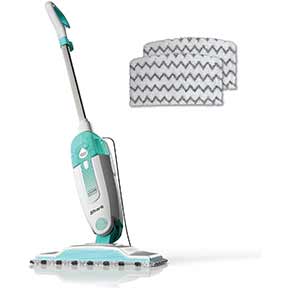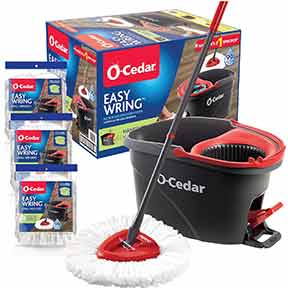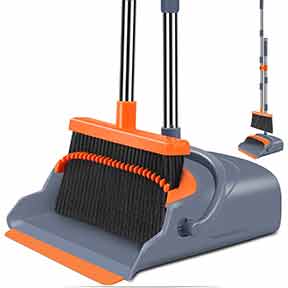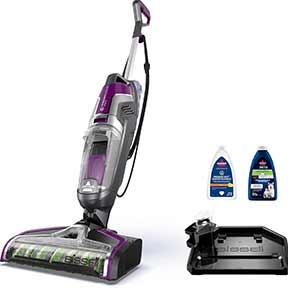Cleaning Cork Floors

How to Clean Cork Tile Floors
Cleaning cork floors may not be as widely discussed as caring for hardwood or vinyl, but it’s just as important – especially if you want to preserve the unique look and longevity of this eco-friendly material. Often misunderstood and unfairly seen as less durable, cork flooring is actually a hidden gem with plenty of benefits.
Cork floors have become a popular choice among environmentally conscious homeowners. Harvested from the renewable bark of cork oak trees – primarily found in the Mediterranean – this material regenerates naturally about every 10 years, making it one of the most sustainable flooring options available.
The same cork used in wine bottles is transformed into flooring, but don’t let its softness fool you. Once processed and treated for flooring, cork becomes resilient, comfortable underfoot, and surprisingly durable. In fact, it holds up just as well as many hardwood and laminate options.
That said, cork flooring does require a bit of special care. To maintain its appearance and protect its surface, occasional buffing and resealing are recommended. With regular maintenance and proper care, including gentle cleaning methods, cork floors can stay beautiful and last for many years.
Pros of Having Cork Floors
- Eco-friendly
- Antimicrobial
- Hypoallergenic
- Affordable
- Soft comfortable flooring
- Noise insulator
Cons of Having Cork Floors
- Cork floors need to be sealed yearly if not more often. If not sealed, it will result in more wear and tear of the finish, making it much easier to damage the flooring.
- Direct sunlight can fade cork flooring.
- Cork floors are not moisture resistant.
- Prior to laying a cork floor check sub-floor for moisture.
- They are susceptible to damage by pets or if not kept clean.
Maintaining Cork Floors
- With cork floors you Must sweep or vacuum at least once a week; daily if there is a lot of foot traffic, to remove sand, dirt and grit. These can mar and scratch the surface.
- Cork, just as every other floor, should have spills cleaned up immediately. It’s very important to not allow any liquid or highly acidic foods like tomatoes to sit on the floor for any length of time
- Cork should be mopped regularly. It’s important to use a soft mop, no hard bristles or scrubbers allowed.
- Door mats inside and outside of entry points are important to keep debris from the bottom of shoes from transferring onto the floor.
- Shoes should be taken off at entry points to keep the floor from being damaged.
- Add felt buttons to the bottom of furniture.
- Do not apply too much water when cleaning.
- If you have pets, be sure to keep water bowls on a mat to keep the floor from getting to wet.
How To Clean Cork Floors
To preserve the longevity and beauty of cork floors, it is essential that they must be kept clean. Cork tiles are usually treated with one of two finishes: Wax or polyurethane. Regardless of which kind of finish was used on your tiles, the initial cleaning steps are the same.
When cleaning these floors, do not apply too much water as this can get between the planks and cause possible mold issues. Floors should be dried after cleaning to avoid water marks or puddles of water.
Cleaning Steps
- Fill a bucket with 1 gallon warm water and place it on something to keep the floor dry when wringing out the mop.
- Using a microfiber mop, dunk it into the pail and wring thoroughly to remove excess water. You do not want to splash or pool water on the floor.
- Place the microfiber mop on the floor and move about in a circular motion.
- Repeat the process over the floor, rinsing and wring the mop completely.
- Allow to air dry or dry it with a soft cloth or chamois.
For Wax Sealed Cork Floors
Although cork floors with a wax finish are highly durable and resistant to scratches, they do need to be re-waxed at least every six months and possible more depending on the traffic in your household.
Deep Cleaning a Cork Floor
Again, before mopping the floor, be sure you have swept or vacuumed the floor to remove any dirt or debris.
Occasionally, you will need to use more than water to clean the floor. Use a pH-Neutral cleaner and following manufacturer recommendations.
When it comes to cleaning cork floors, a little knowledge goes a long way. With the right routine and protective steps, you can enjoy their warmth, comfort, and natural beauty for decades to come.
Floor Supplies












